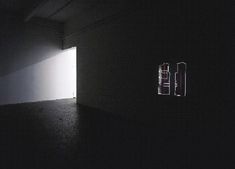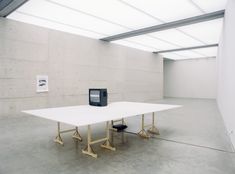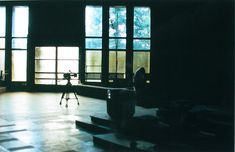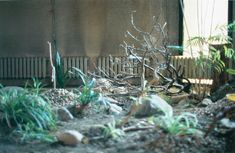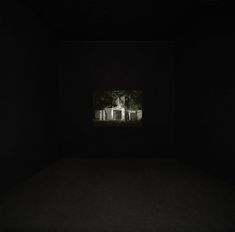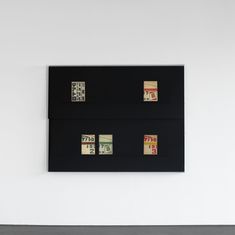Florian Pumhösl
Florian Pumhösl was born in Vienna, Austria, in 1971. From 1989 to 1997 he attended the Höhere Grafische Bundes-Lehr- und Versuchsanstalt, Vienna, and from 1989 to 1996 he studied graphic design at the University (then College) of Applied Arts in Vienna, from which he graduated with a diploma. In 2000, he was awarded the Otto Mauer Prize. In 2002 he was awarded the CENTRAL Prize of the Cologne Art Association and in 2006 the City of Vienna Prize for Fine Arts. In 2012, he received the Teresa Bulgarini Prize. The artist has participated in numerous large-scale and group exhibitions internationally, including Yokohama - International Triennale of Contemporary Art, Tokyo, Japan in 2001, the 50th Biennale di Venezia, Italy in 2003, the 27th Bienal de São Paulo, Brazil in 2006 and Documenta 12 in Kassel, Germany in 2007. Solo exhibitions dedicated to him included 2012/2013 Kunsthaus Bregenz, Austria; 2010 Kunstverein für die Rheinlande und Westfalen, Düsseldorf, Germany; 2008 Stedelijk Museum, Amsterdam, Netherlands; 2005 Kunsthalle St. Gallen and 2004 Centre d'édition contemporaine, Geneva, Switzerland; 2003 Kölnischer Kunstverein, Cologne, Germany; 2000 Wiener Secession, Vienna; and 1998 Salzburger Kunstverein, Salzburg, Austria. Since 2018 he has held a professorship for sculpture at the Academy of Fine Arts, Munich. Florian Pumhösl lives and works in Munich and Vienna.
Pumhösl develops his works from theoretical considerations relating to architecture, design, and the human being as a social entity. He is concerned with the influence exerted by industry and modern architecture on urban systems and the connection between architecture and power. From 1991 to 1993 he developed a series of joint projects with Dorit Margreiter and Mathias Poledna (among others) including "Material, Texte, Interviews" (1991), an effort to come to terms with the basic conditions of exhibitions of young art. He also created the installation "Impact" (1993) for the exhibition "KontextKunst" in Graz, Austria. At his first solo exhibition "Bürgerforum" (1993) in the Forum municipal park in Graz, Pumhösl focused on the relationship between direct democracy and architecture, using the example of the "Fensterrecht”"formulated by Friedensreich Hundertwasser, the rule that owners should be permitted to alter their windows in any fashion they like.
At the exhibition entitled "on or off earth" at the Graz Art Society (1996), he worked for the first time with reconstructed objects and concrete time references. The frame of reference being formulated here was situated between a critique of modernism, design, and architecture and their projection into economically disadvantaged regions, which was continued in the project and attendant publication "Covering the Room" (1998) - an analysis of the aesthetic vocabulary of thematic exhibitions. In the installation "Humanist and Ecological Republic" at the Vienna Secession (2000), Pumhösl took the arsenal of forms of modernist architecture back to its model types of representational forms. The series that followed were documentary video installations, such as "Lac Mantasoa / Madagascar" (2000), and "Design for a Space with More than One Video Projection, Kampala, Uganda" (2000), dealing with modernization projects in African nations. A close link exists between Pumhösl’s exhibition activities and his journalistic project, "montage" (ongoing since 1997), conceived as a cooperative platform for artists and authors. (Monika Vykoukal)
